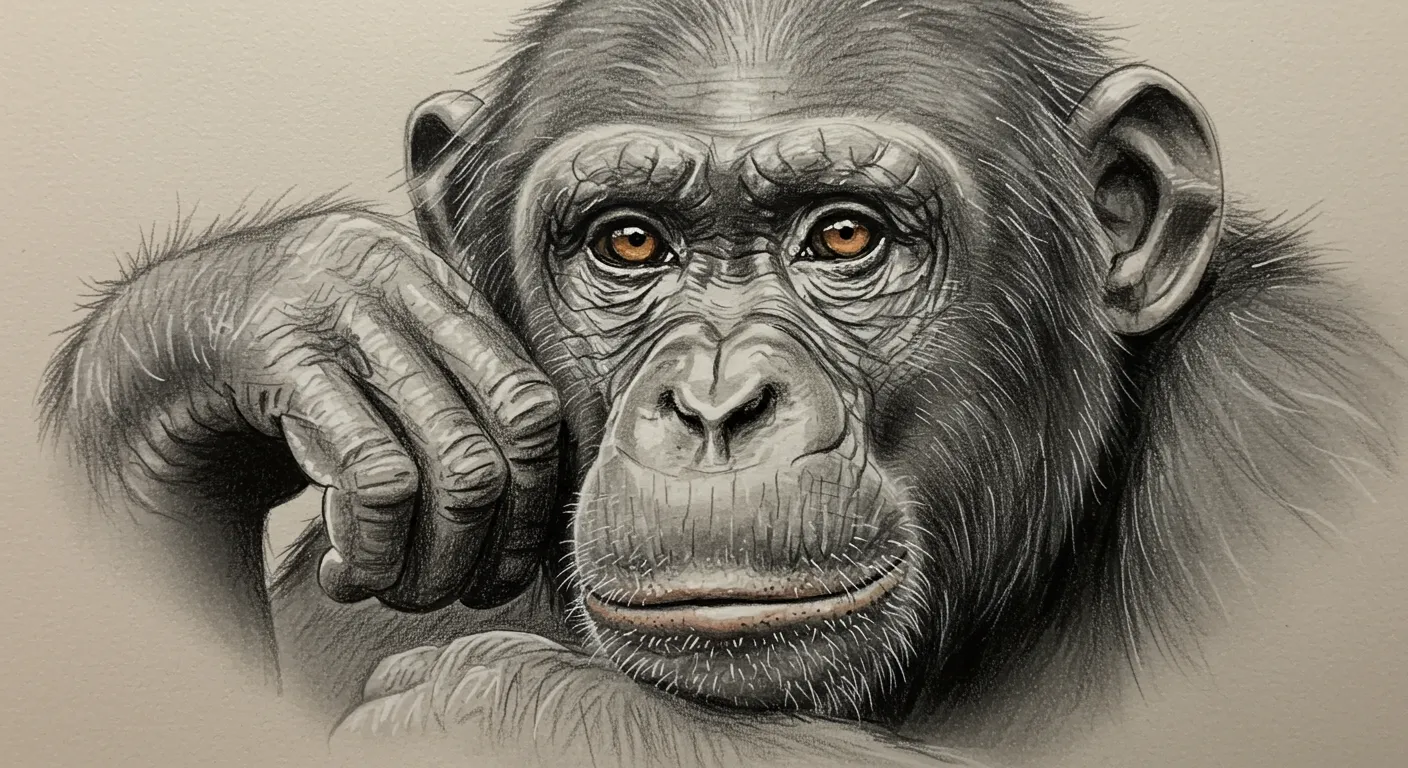In a breakthrough that challenges our understanding of communication, researchers have discovered that bonobos use a sophisticated calling system with hints of what we might recognize as syntax. Online commentators are buzzing about the implications: could these great apes be closer to human language than we thought?
The study reveals bonobos can combine calls in ways that suggest more than simple animal communication. By blending different vocalizations like "pay attention to me" and "I am excited", they create compound meanings that communicate complex emotional states. This isn't just random noise - it's a structured communication system that looks suspiciously like a primitive language.
Scientists are quick to caution against overstatement. The research doesn't mean bonobos have language in the human sense, but it does suggest our communication skills might have deeper evolutionary roots than previously believed. The ability to combine meaningful units into more complex expressions could be much older than human speech.
The findings are particularly exciting because they challenge long-held assumptions about what separates human communication from animal vocalization. Instead of a hard line between "us" and "them", we're seeing a more nuanced spectrum of communicative complexity.
Tech-savvy observers are already speculating about how advanced machine learning might help us decode these animal communication systems more precisely in the future. For now, the bonobos are teaching us that language might be less uniquely human than we once thought.


